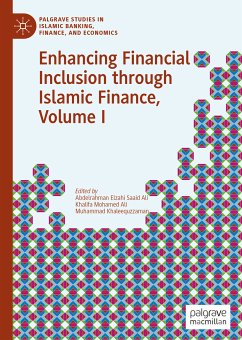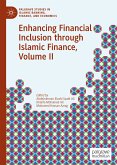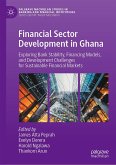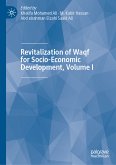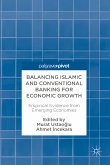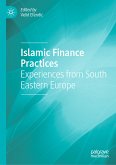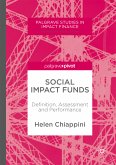Gender disparity exists within financial access and its extent varies widely across world economies. South Asia, the Middle East and North Africa have the largest gender gaps, with women in these regions being forty per cent less likely than men to have a formal account at a financial institution. Analysing how Islamic financial inclusion can empower individuals, this volume explores the contribution of Islamic microfinance in achieving SDGs and solving income and wealth inequality. Comprising a combination of empirical evidence, theory and modelling, this edited collection illustrates how to improve access to finance, making it essential reading for those researching both Islamic finance and development finance.
Dieser Download kann aus rechtlichen Gründen nur mit Rechnungsadresse in A, B, BG, CY, CZ, D, DK, EW, E, FIN, F, GR, HR, H, IRL, I, LT, L, LR, M, NL, PL, P, R, S, SLO, SK ausgeliefert werden.

